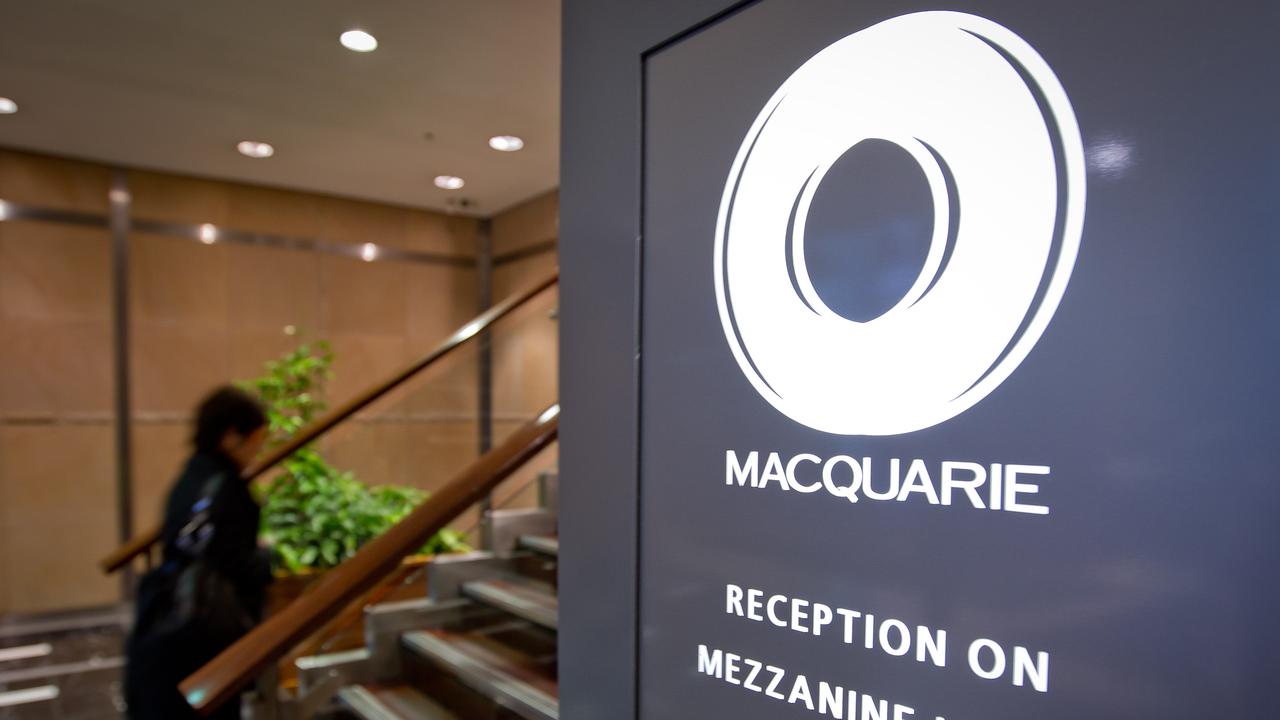New pattern of home ownership looks set to play big political role
Sydney’s apartment market is creating a new pattern for home ownership that could play a big role at the next election.

And in turn this new pattern of Australian dwelling ownership looks set to play a big role in who governs the country.
To underline the magnitude of the change we need to go back two or three years when 80 per cent of Sydney apartments were being bought by Chinese investors, some of whom had an Australian residence. They dominated the market and snapped up almost as many apartments as were available. .
Non-Asian Australians were not players in the market to any significant extent.
In Melbourne the trend was similar except that overseas Chinese or Asian “off the plan” purchasers triggered the development of a vast number of small one-bedroom apartments which have glutted the market. Many Chinese are now having troubling settling these “off the plan” contracts because they can’t obtain the money from China or local banks, so causing deep problems in the development industry.
On the current Sydney apartment buying side, fast forward to January 2017. What a difference. The Chinese have fallen from 80 per cent to around 50 per cent of the market with a bigger content of Australian-resident Chinese.
Normally such a fall in buying support would cause a fall in price. But not this time. The Chinese buyers have been replaced by negatively-geared Australian investors, most of whom have lost faith in the superannuation savings system.
Sydney apartment prices have risen about 5 per cent and demand is strong. Cottages have performed better but a small apartment rise is a good performance given the sharp reduction of Chinese support for the market. And apartment rental demand is being boosted by tourists, students migrants and, of course, those who have decided they can’t afford conventional home ownership because interest and expenses are not tax deductible. Accordingly they negatively gear an investment property and live in a rented dwelling. That way they get a tax deduction on their interest rates, repairs etc.
Sydney apartments have risen some 50 per cent over five years and with current demand strong those Chinese who can’t fund their “off the plan” purchases are able to sell or, if it is a Meriton apartment, Harry Triguboff will help in the funding.
In Melbourne the glut of very small inner city apartments will take some digestion but the basic demand forces we are seeing in Sydney will over time solve the problem unless the banks funding developers panic (which is possible).
Meanwhile the negatively-gearing forces we see in Sydney are helping drive other parts of the Melbourne residential market higher and higher.
The other state capitals did not get same level of the Chinese boost as Sydney and Melbourne but will nevertheless experience a rise in demand for negatively-geared property.
Opposition Leader Bill Shorten is being handed plum targets by the current government in small business tax and pensions and so is a hot favourite to win the next election. But his plan to change the negative gearing rules will hit much more voter opposition in 2018 than 2015 because of these new trends.
But there is one way to turn back the clock without causing a collapse in the dwelling market. You can modify negative gearing, ALP-style, while enabling people to use, say, the first $100,000 of their superannuation to fund a deposit on a house. If you severely modify negative gearing you will now smash the dwelling market. If you allow access to superannuation for a first home deposits, and do nothing else, you will send the prices through the roof. It has to be in combination. I don’t think there is much political will on the government or opposition sides to explore this but I put it up as a suggestion. .
It will give people a much bigger stake in the nation, a better retirement and not cause a boost in house prices.
Meanwhile longer term, the price of apartment land in Sydney has risen threefold so the next round of apartment developments will be much more expensive. Similarly in Melbourne the Victorian government has increased the minimum size of apartments and also lessened the number that can put on a block. The next round of apartments in Melbourne will therefore also be much more expensive.








The dramatic changes taking place in the Sydney apartment market are becoming the model for a new pattern of housing ownership in Australia.